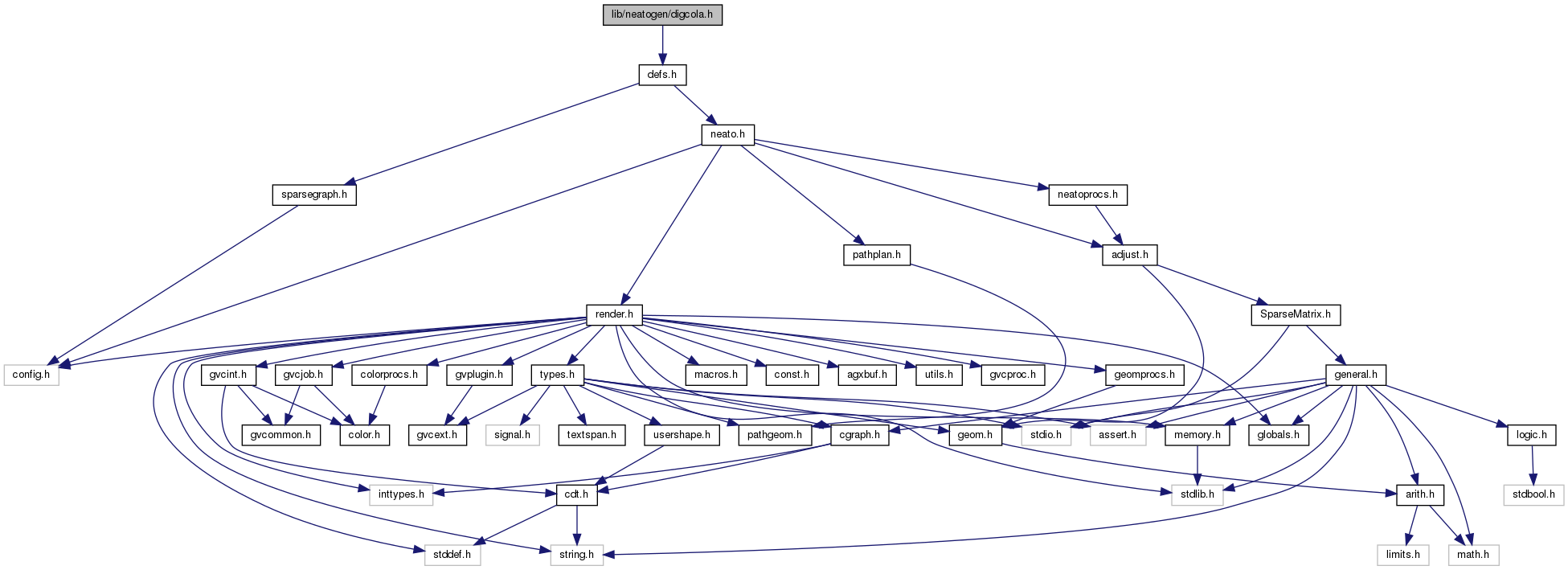
#GRAPHVIZ DOCUMENTATION HOW TO#
How to generate image charts from Salesforce Apex language.How to setup a dependency graph in Google Sheets.GraphViz Charts GraphViz Charts Table of contents.More specifically, the width of the nodes increases with the ID of the node.Įven-ID nodes are painted blue and odd-ID nodes are painted red.įinally, the font size of the red nodes is increased to 40 and their font changed to "Comic Sans MS". The first example creates a small graph of five nodes and varies the size and color of the nodes. Feature Examples # Node Width, Font, and Color #
#GRAPHVIZ DOCUMENTATION FULL#
"sfdp": The sfdp engine is a multiscale version of "fdp" for large graphs.įor the full list of supported attributes and values, see the Graphviz Attribute Documentation."patchwork": The patchwork engine draws clustered graphs using a squarified treemap layout."osage": The osage engine draws clustered graphs."fdp": The fdp engine creates spring model layouts similar to "neato".

This engine is useful for graphs with cyclic structures, such as telecommunication networks.

:parent can be added only to subgraphs with the value set to the ID of another subgraph.:subgraph cannot be recursively defined.If you want to only have a subset of the subgraphs be clusters, you should set the root key :clustered to boolean_false and prepend "cluster_" to the subgraph ID that you would like to be clusters. :clustered is not supported because it applies to the whole graph and not a subgraph.:directed is not supported because it applies to the whole graph and not a subgraph.The default is boolean_true, i.e., clustered.Ī relation with an identifier followed by a graph definition ( :node, :edge, :attribute, :node_attribute, :edge_attribute). The default value is boolean_true, i.e., directed.Ī boolean ( boolean_true or boolean_false) indicating whether the subgraphs in the graph should have their ID prepended with cluster_ so that the subgraphs are each rendered in a bounding box.

These attributes serve as the default for all edges in the graph.Ī boolean ( boolean_true or boolean_false) indicating whether the graph is directed or undirected.

These attributes serve as the default for all nodes in the graph.Ī binary relation of edge attributes as ( attribute, value). These attributes serve as the default for the graph/subgraphs.Ī binary relation of node attributes as ( attribute, value). from and to need to match an identifier in the :node relation.Ī ternary relation of node attributes as ( node_id, attribute, value), where node_id matches an identifier in the :node relation.Īn arity-4 relation of edge attributes as ( from, to, attribute, value), where ( from, to) matches an identifier pair in the :edge relation.Ī binary relation of graph attributes as ( attribute, value). A unary relation of node_id identifiers (usually strings or integers) that represent the node IDs.Ī binary relation of edges, represented as ( from, to) pairs of node IDs.


 0 kommentar(er)
0 kommentar(er)
